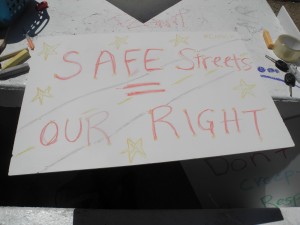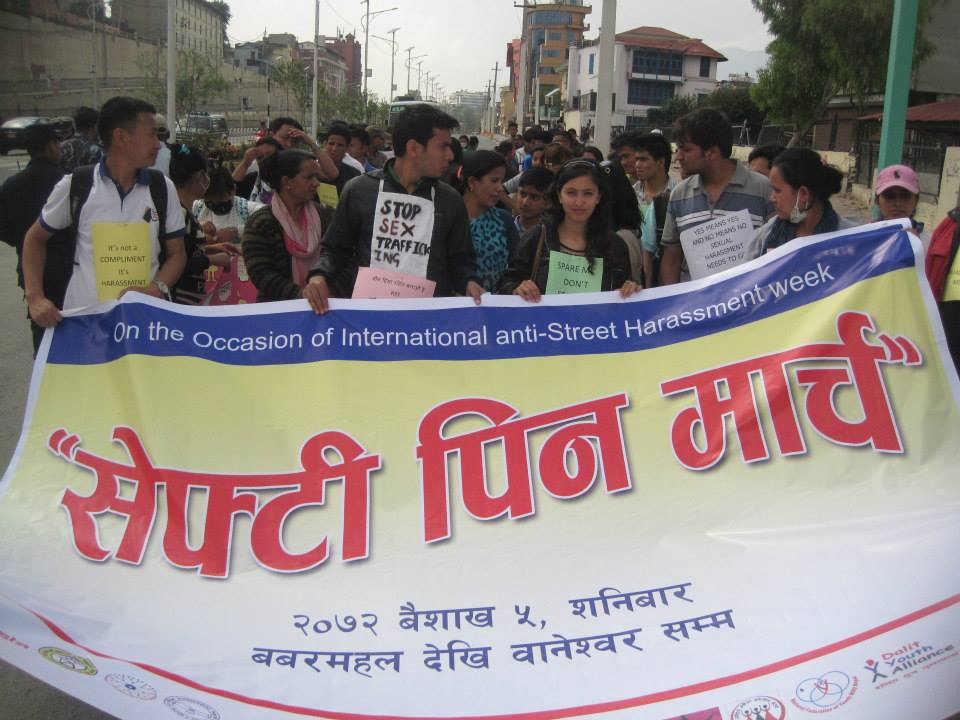I was 20 and in Philadelphia for summer break. I was walking down the city street on my way to have lunch with my dad at his office around 11:30 in the morning. It was a summer day and I had a skirt and shirt on. I had gotten a couple looks so I put my cardigan on and tried to make myself look smaller. Then I noticed this group of guys kept following me down the street. It was a residential street not super busy but plenty of apartments with stoops. The men started talking to me in Spanish saying really horrible things (they didn’t know a blonde girl could speak Spanish). I felt them getting close and close and the their words started getting louder.
I suddenly saw a group of women, maybe in their 30s, talking on a stoop saying goodbye to each other. I walked up to these strangers and said loudly, “Hi, it’s SO good to see you guys sorry I’m late,ʺ and joined them on the steps away from the street and the men. They looked at me like I was crazy and said ʺhello?ʺ Once the men past us I turned to them and said, ʺI’m so sorry I just needed help. Those men were following me.ʺ
They could tell that I was scared and offered for me to sit with them for a few minutes to calm down. I later went to lunch with my dad.
I wish I didn’t have to ʺcover upʺ to avoid being bothered. I wish our society told men to just KNOCK IT OFF and have some self control instead of telling women to take responsibility.I wish I lived in a world where I didn’t need to come up with creative solutions to avoid being harassed. I wish it just didn’t happen in the first place.
– MAC
Location: Philadelphia, PA
Share your street harassment story for the blog.
See the book 50 Stories about Stopping Street Harassers for more idea


